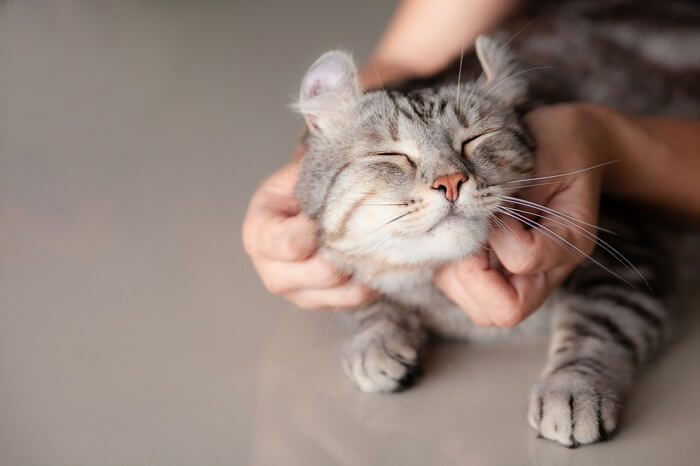
Shutterstock.com
When you first pictured adopting a cat, you may have had soothing thoughts of purr-filled cuddle sessions on the couch. In reality, your attempts to pet your cat are sometimes met with scratches, tail swishes, and nips.
Why, oh why, can it be so hard to pet some cats? There are a few reasons—some may be temporary and some may be unique to your cat. But there are some important things to learn about your cat that will make it easier to know how much affection they want and when to give it.
Not All Cats Like Affection
A desire for affection often depends on the socialization and handling your cat experienced as a kitten. Oftentimes we don’t know our cat’s history and can’t impact how they were brought up prior to adoption day.
If you’re adopting a new cat, you can ask the adoption center if they know anything about your potential cat’s history. Ask if the cat had positive handling as a kitten or if they have been especially fearful in the shelter. This information may help you determine which cat is right for you.
Genetics also affect how much a cat wishes to interact. Some kittens are born to very shy mothers who fear people and this can be passed on to her kittens. Being gentle and taking things slow is important for adopting a shy cat or kitten. One study showed that bold fathers were more likely to have bold kittens. Those kittens are more likely to be outgoing, adventurous, and less fearful of interactions with people.
DO: Find out about your cat’s history if you can. If they’ve been handled gently since a young age, they’re more likely to enjoy petting. And if your cat has a gregarious dad, they are more likely to be outgoing too.
DON’T: Expect all cats to have the same personality. Not all cats enjoy affection from strangers or even from familiar people. Be patient and take the time to learn how they want to interact.
Feline Moods and Needs Can Change
Behavior is influenced by genetic background, previous experiences, and current circumstances. If a cat is squeezed too tight or is harmed during petting, they will be nervous and avoid that situation again. Repeating this pattern is even more likely to result in fearful and aggressive behaviors in cats.
Handling cats gently and carefully helps us avoid unpleasant situations for them. And cats’ moods can change. Sometimes an affectionate cat may just not want to be petted, just like we sometimes don’t care to be touched.
A cat who enjoys being petted is more likely to approach, lean into the scratches, and rub scent glands from their face onto your hand. They may show bunting, kneading, and purring. Cats may also turn for long strokes along their back or scratches near the base of the tail.
Some cats avoid human interaction, show nervous behavior, or make aggressive displays. Why? They just don’t want to snuggle right now and would rather enjoy some playtime or relax on their own instead. Factors affecting a cat’s current behavior may include their environment, hunger or thirst, illness or discomfort, or just being tired and ready to sleep.
DO: Pay attention to your cat’s mood and current needs. Are they leaning into your pets and rubbing on your legs? Or do they scoot further away each time you pet them?
DON’T: Force affection onto a cat who clearly doesn’t want it. This will only cause them to be more fearful of you approaching in the future.
Where Do Cats like to Be Pet?
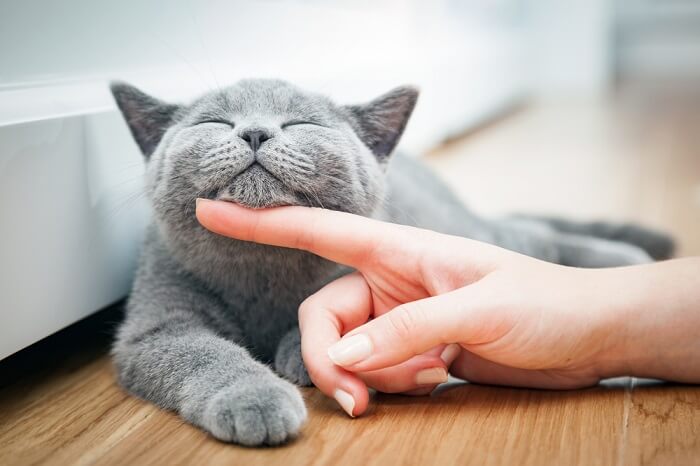
Many cats enjoy being petted underneath their chins and in other areas around the face.
Some people make the mistake of thinking cats are like dogs and enjoy any affection they can get. While many dogs like a good belly rub, for example, it is off-limits for most cats and may lead to bites and swipes.
Cats are more likely to enjoy scratches near the sweet spots: under the chin, around the back of the ears, sometimes the top of the head, and long strokes along the back of the body. This doesn’t mean they will be comfortable with just anyone giving them scratches, just as we won’t feel comfortable being hugged by strangers on the street.
When it comes to being held, some cats don’t mind being held briefly, others may even like it, and some cats always hate to be picked up. You’ll know which type your cat is—respect your cat’s boundaries.
My cat allows me to pick her up, but only if I keep her upright. This is the case for many cats—being upside down or having their bellies exposed is a very vulnerable position for them.
Listen to Your Cat’s Body Language
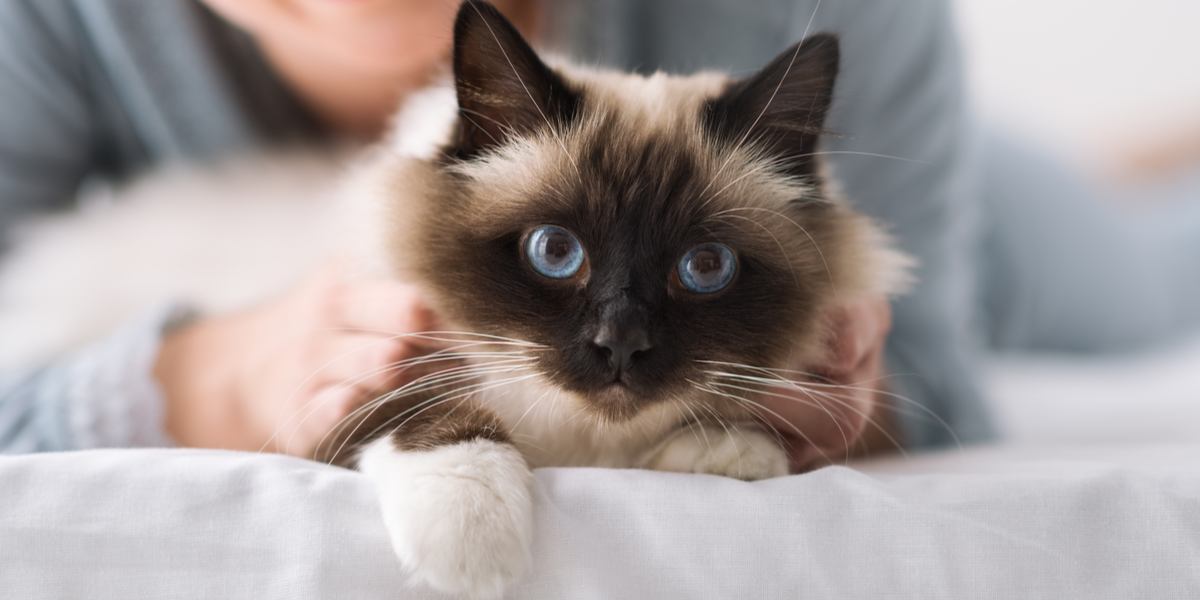
Some cats enjoy lengthy cuddle sessions and others prefer a brief cordial pat. My cat loves affection—but on her terms only. She will come to sit on my lap and I’m allowed to pet her head and back. When she is done, her tail will flick quickly and she will give me a look that says, “Please stop or prepare to be nipped!”
Paying attention to body language like a stiffened body, shifting weight away, or a tail beginning to twitch tells you that your cat has had enough for now. There is nothing wrong with this behavior at all. It is no indication that your cat is mean or doesn’t like you. Just tune in to their preferences and your mutual trust will continue to grow.
DO: Offer scratches around the head, base of the ears, and under the chin. Stop before your cat becomes agitated. Short and sweet is always better than drawn out and annoyed.
DON’T: Assume an aloof cat is a bad cat—all cats are good cats. Some take time to warm up to new friends, while others are set in their unique ways.
Lastly, if you notice a change in your cat’s behavior during a petting session, i.e., she usually enjoys pats but now appears painful, agitated, or avoids contact, there may be something more going on, and you should get in touch with your vet.
Also Read: What Your Cat’s Tail Can Tell You
Frequently Asked Questions
How does a cat like to be petted?
Cats generally like scratches around the head, neck, and behind the ears. They may enjoy long strokes along the back of the body. Do not attempt to scratch the belly, legs, or feet. These are places that cats do not generally enjoy being touched.
How do you get a cat to let you pet?
Slow and considerate should be your approach. Pay close attention to your cat's body language and stop before the cat appears agitated or tries to move away. Offer scratches around the head and neck. Do not force a cat to interact by backing them into a corner, attempting to give a belly rub, and definitely do not squeeze them tightly.
Where do cats not like to be petted?
Do not try to pet a cat’s belly, even if it is lying on its back. This is an area where they feel very vulnerable and is more likely to be met with a scratch or bite.
-
McCune, S. (1995). The impact of paternity and early socialisation on the development of cats’ behaviour to people and novel objects. Applied Animal Behaviour Science, 45(1–2), 109–124.
-
Reisner, I. R., Houpt, K. A., Erb, H. N., & Quimby, F. W. (1994). Friendliness to humans and defensive aggression in cats: The influence of handling and paternity. Physiology & Behavior, 55(6), 1119–1124.


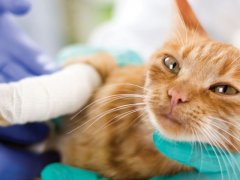




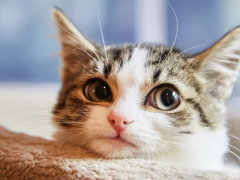
We are retired adopted a 5 year old cat with issues, one. Is she won’t let us sleep beyond 4:30 , way too early. Please help
Hi Sharon, what you’re struggling with is a common issue! Many cats tend to wake up earlier than their humans would like them to. If you’d like to encourage your cat to stick to a different routine, you can refer to the tips in this article.
I had this problem when I retired after getting up at 5:00 am for many years . Cats get used to a routine and can be very demanding Try not reacting to the cats demands and whatever you do dont feed the cat if it wakes you up early . Try to ignore her . It will take time.
Hello-I really appreciated this article. We adopted 2 -7 week old kittens who were abandoned by their mother at 3 weeks old in a yard. Happened to be a vet tech so they were taken to the clinic where she worked and kept there during the week, staff played with them and on the weekends different people took them home. They got a lot of human attention. They don’t like to be picked up much but as soon as we got them we would hold them briefly and sat them down.. We can hold them for longer periods now. They did roll over and seemed to enjoy belly rubs from us and this started the day we brought them home. We have continued to do belly rubs and one of them seems to want this done-is this wrong? They are not sitting on our laps but will come and sit next to us sleep in the same room or spend time in bed with us at night. They are now 4 1/2 months old.. Are we on the right track?
Yes! Yes, you are on the right track. Absolutely. It sounds like you’re doing everything right—exposing them to new things like picking them up for short peroods of time, giving them belly rubs within their boundaries, and respecting their needs when it comes to sleeping near, but not on, you. This is what raising kittens should look like. Keep up the good work, and here’s to many years of happiness with these kitties!
I think it’s important to recognize that it’s almost impossible to make generalizations when it comes to cats. The sweet spots are usually ok. But I have discovered strange things over decades of assorted kitties. Common wisdom is to stroke a cat with the fur, not against it. One guy liked to have me vigorously scratch up and down his back. Nothing else was stimulating enough. One cat rolls over for belly scratching. He stretches out as far as he can reach and waits. When he’s had enough, he’ll let me know with gentle bunny feet. And it’s rare that I come across a cat who doesn’t enjoy a few moments of base-of-the-tail scratching. Elevator butt. Of course there are always the kitties who will only permit you to scratch the top of the head for exactly 17 seconds.
My Siamese absolutely loves having his lower belly rubbed. I call it his jelly belly but it’s the section that hangs to protect their intimate areas from predators. Anyway Solo loves having this section rubbed and played with so much that if I try and move further up to his chest or chin or even his ears he will move my hand back down by using his paw to tell me nope I want the lower belly rubbed only. It’s hilarious as he will sit like a kangaroo as well so I can get to his belly.
Goes to show the love and trust he has in me.
Desperately in need of articles on how to play with declawed cats who are SO limited and cannot grasp MOST toys to play. My Bengal is quickly bored with MOST cat & human baby toys. I am constantly trying to fabricate toys she can ‘bat’ on the end of a long shoestring; buy her sparkly fabric craft balls but she doesn’t like chasing ANY toy& was bored with the flopping fish stuffed w/catnip. How can i entertain my Bengal with no front claws (sadly)? She seems to need an obstacle course to ambush and run but i have only an 8 ft. tunnel. She doesn’t even use her cat treeS xcept rarely. She NEEDS entertainment but i can’t seem to satisfy her. Grateful states r FINALLY outlawing this heinous practice of inhumane declawing or amputation, as I call it; shame on ANY vet who performs this crippling severing. Thx for your informative articles; i read them all!
Hello Mo, thank you for the comment! This is a great question. I wonder if your Bengal would enjoy going out for walks with a harness and leash—a little bit of outdoor adventure would give her that “obstacle course” without demanding that you purchase a network of toys and barriers for her. Bengal cats have a lot of energy and tend to be great on a leash, so I imagine the two of you could have a great time out there!
Try those rings that are under the cap of a gallon milk jug. I have had cats go nuts with them. The cat will learn to fling it themselves and then chase it. There’s always a pretty irresistible laser light toy. Recommended for cats but don’t use on dogs. Dogs will obsess over it where cats will forget about it and move on to something else. That ring from the milk jug is also effective when attached to a string and stick like you’re going fishing.
My cat loves that too, Mark! They also like the plastic tops from soda bottles. Anything that bounces erratically or makes a little bit of noise.
i have question,is healthy lookingpet cat,may die suddenly,due to cardiac arrest ?
It’s very unlikely. Cats don’t have heart attacks like we do, and a cat with heart disease will usually show some symptoms of it. You can learn more about it here.
Most important thing is to let a cat sniff your fingers first before you try to pet them, This will tell them so much about you and let them know you aren’t just all about what YOU want. LOL
I once adopted a sweet sweet tuxedo boy, Alfie, who I loved so much. But…I was married at that time to a man who was ambivalent about Alfie. Alfie once jumped up into the man’s lap and sprayed him. They obviously didn’t have a good relationship after that. Have you ever seen such a thing?
Hi Judy, thanks for the comment. I’ve certainly heard similar stories of cats spraying or urinating either directly on—or on the possessions of—someone who didn’t like them or vice versa. I think it’s possible that certain people stress cats out, and it makes them more inclined to exhibit this sort of behavior around them. It’s possible that your ex-husband’s ambivalence coincided with some behavior that made your cat uncomfortable, leading to stress and the spraying behavior you observed. Alternatively, your ex-husband may simply have had an unfamiliar smell on him—the smell of another cat, perhaps—that made Alfie feel he needed to reinforce his territory. Hope this helps you piece together an understanding of what happened!